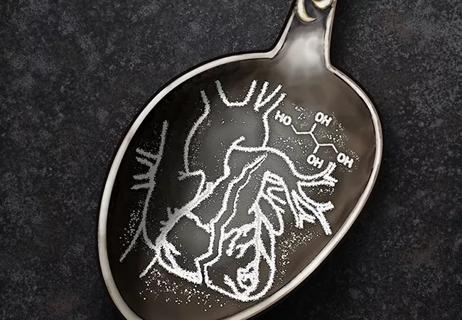Use has surged ninefold in this population, nationwide cohort study shows

Cardiac surgery in patients with opioid use disorder (OUD) is safe but associated with elevated complication rates and greater resource utilization compared with cardiac surgery patients overall, according to a nationwide U.S. cohort study by Cleveland Clinic researchers.
Advertisement
Cleveland Clinic is a non-profit academic medical center. Advertising on our site helps support our mission. We do not endorse non-Cleveland Clinic products or services. Policy
“Our findings suggest that patients need not be denied cardiac surgery in urgent situations as a result of opioid use, but close postoperative monitoring is indicated,” says Cleveland Clinic cardiothoracic surgeon Edward Soltesz, MD, MPH, who served as corresponding author of the study, published online by JAMA Surgery December 5.
He explains that while infective endocarditis is well established as a driver of increased mortality among intravenous drug users, data on the overall prevalence and outcomes of cardiovascular surgeries among individuals with OUD are sparse. “This is the first analysis we’re aware of to examine national trends and outcomes in cardiac surgery patients who have opioid use disorder relative to the overall cardiac surgery population,” Dr. Soltesz explains.
He and Cleveland Clinic colleagues identified all patients in the federal government’s Nationwide Inpatient Sample database who underwent cardiac surgery — specifically, coronary artery bypass grafting, valve surgery, aortic surgery or a combination of these — from 1998 through 2013. This database is the largest all-payer inpatient discharge registry in the U.S., representing a 20 percent stratified random sample of all discharges in a given year.
The database was then queried to identify those cardiac surgery patients who met prespecified criteria for OUD. Among the more than 5.7 million cardiac surgery patients in the 16-year study period, 11,359 (0.2 percent) had preoperative OUD. Patients with OUD were significantly younger than the rest of the cohort (mean age, 48 vs. 66 years).
Advertisement
Unadjusted analysis found in-hospital mortality to be statistically comparable between the patients with OUD and those without OUD (3.1 vs. 3.5 percent, respectively), but rates of all but two (wound infection and gastrointestinal complications) of 12 complication types were significantly higher in the patients with OUD.
The researchers then performed propensity matching to compare the OUD patients with 11,202 well-matched patients without OUD from the overall cohort. Key findings of this propensity analysis included the following:
In addition to being significantly younger than the overall cardiac surgery cohort, patients with OUD were significantly more likely than the overall cohort to undergo valve surgery (47.5 vs. 15.1 percent) and aortic surgery (2.2 percent vs. 1.3 percent) and significantly more likely to have urgent admission status (64.0 vs. 33.5 percent) (P < .001 for all comparisons).
The researchers also analyzed trends over the course of the 16-year study and found the proportion of cardiac surgery patients with a history of OUD to increase ninefold, from 0.06 percent of all cases in 1998 to 0.54 percent of all cases in 2013 (P < .001).
Advertisement
“This trend in surgery volume aligns with the significant rise in opioid addiction nationwide, particularly over the past decade,” observes Dr. Soltesz. Continuation of the trend through the end of the study suggests that cardiac surgeons are increasingly likely to encounter patients with opioid use disorder, he adds.
“Our study shows that preoperative opioid use disorder in cardiac surgery patients doesn’t increase mortality but does increase morbidity and resource utilization,” Dr. Soltesz notes. He says the findings raise the question of whether it may be valuable to incorporate OUD status into surgical risk-assessment algorithms to give heart teams a better picture of a patient’s likely surgical outcomes.
“Future research should evaluate specific surgical factors and clinical outcomes to make possible more-thorough guidelines for the medical and surgical management of this population and to prevent adverse effects in the operative setting that may stem from prolonged opioid use,” he concludes.
Advertisement
Advertisement

Study authors urge reevaluation of the sweetener’s safety designation by food regulators

Surprise findings argue for caution about testosterone use in men at risk for fracture

Findings support emphasis on markers of frailty related to, but not dependent on, age

Additional analyses of the two trials presented at 2023 ESC Congress

Prospective SPIRIT-HCM trial demonstrates broad gains over 12-month follow-up

Review of our recent experience shows it’s still a safe option

Machine learning may improve risk prediction and guide therapy

Nationwide database study finds racial and regional variations